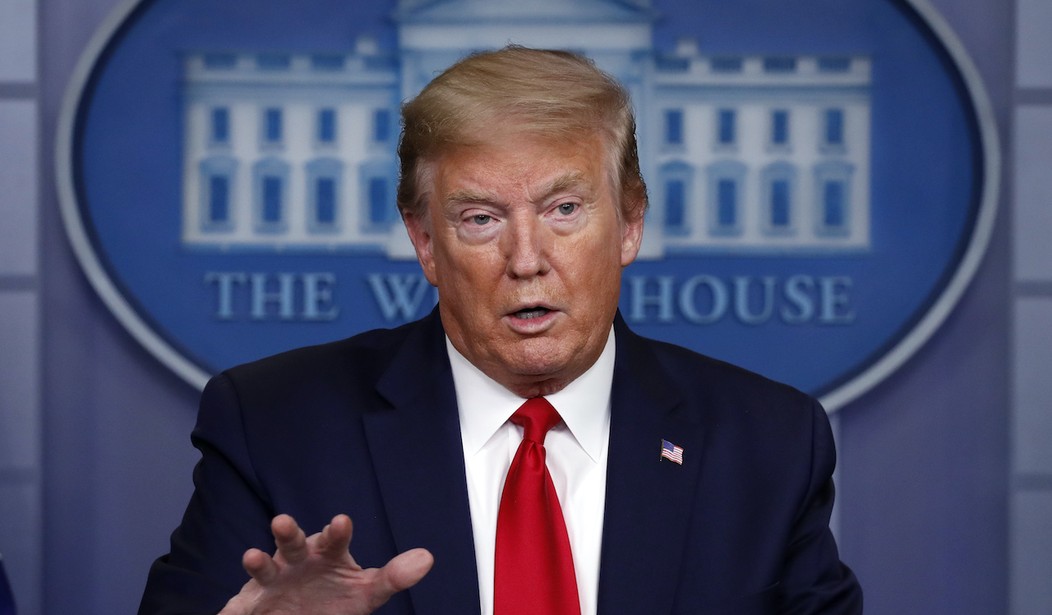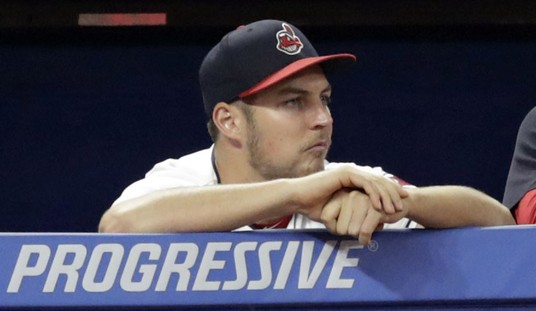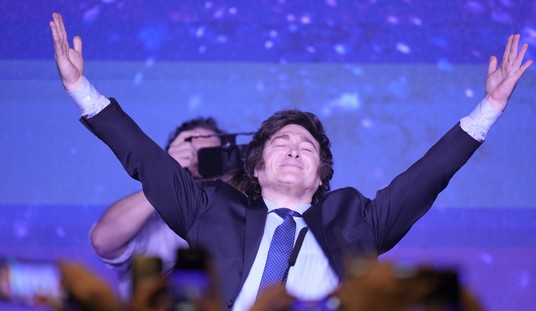Media coverage of President Trump’s response to the coronavirus has been overwhelmingly negative. Numerous false stories have been published and spread in an attempt to damage him politically before the election in November. The media wants us to believe that Trump botched the response to the coronavirus, when, in fact, it was the media that botched their coverage of the coronavirus. Despite their attempts to destroy him, Trump has persisted, and many times he has been proven to be right. Below, I’ve compiled five things Trump has been proven right about during the pandemic in the hopes that maybe instead of trying to exploit the pandemic as a political opportunity, that the media will start to cover it honestly and fairly.
5. We rely too much on China
Before the pandemic, President Trump launched an economic war with China. He’s been an advocate for America to be less reliant on China for the production of goods and medicine. Trump’s “America First” foreign policy was called protectionist, isolationist, and even xenophobic. His trade war with China was mocked. China may have offered cheap labor, but the coronavirus pandemic has shown us just how deadly our dependence on China really is.
And Trump rightfully acknowledged that he was right. “Now, the one thing that the pandemic has taught us is that I was right,” Trump said. “You know, I had people say, ‘No, no, it’s good. You keep — you do this and that.’ Now those people are really agreeing with me. And that includes medicine and other things, you know.”
“Donald Trump has been insisting for years that our country has been too economically dependent on China,” explained Madison Gesiotto, a Trump campaign advisory board member. “It is sad that it took a global public health crisis to prove he was right all this time.”
Sad indeed.
4. Obama botched the H1N1 response
Obama’s response to the H1N1 pandemic generally received positive marks, but the coronavirus pandemic has given us an opportunity to measure it against another domestic pandemic for comparison. Obama waited months after the World Health Organization declared H1N1 a global pandemic to declare a national emergency. By then, millions of Americans were already infected, and over a thousand had died. President Trump declared the coronavirus a national emergency two days after the WHO declared the coronavirus a global pandemic, and had been aggressively responding to the outbreak before most Americans were even paying attention to it.
Obama only declared H1N1 a national emergency a few short days before a congressional oversight panel slammed his administration’s response to the pandemic as inadequate and incomplete.
Nevertheless, Trump’s trashing of Obama’s H1N1 response was mocked by the media, but even Obama’s former Ebola czar, Ron Klain, acknowledged that the response was botched. Klain is advising Joe Biden right now, so if you can’t take my word on it you can take his. Klain said, “It is purely a fortuity that [H1N1] isn’t one of the great mass casualty events in American history. It had nothing to do with us doing anything right. It just had to do with luck.” The main reason was that the Obama administration failed to achieve its vaccine production goals. They predicted in early summer 2009 “that it would have 160 million vaccine doses by late October,” but they “ended up with less than 30 million.” This failure undoubtedly cost lives. A study by Purdue University scholars published on October 15, 2009 (before Obama declared the national emergency) determined that the H1N1 vaccine would arrive “too late to help most Americans who will be infected during this flu season.” The study determined that the CDC’s planned vaccination campaign would “likely not have a large effect on the total number of people ultimately infected by the pandemic H1N1 influenza virus.”
Here’s How Much Downstate New York Is Skewing the United States’ Coronavirus Numbers
3. The fatality rate is likely under 1 percent
When the World Health Organization estimated that the fatality rate of the coronavirus was 3.4 percent, Trump was skeptical.
“Well, I think the 3.4 percent is really a false number. Now, and this is just my hunch, and — but based on a lot of conversations with a lot of people that do this. Because a lot of people will have this and it’s very mild. They’ll get better very rapidly. They don’t even see a doctor. They don’t even call a doctor,” Trump said during an interview on Hannity. “I think that that number is very high. I think the number, personally, I would say the number is way under 1 percent.”
While we may not find out the true fatality rate for some time, there have been multiple studies that have determined that coronavirus infection is far more widespread than we know (likely because China covered up the outbreak for weeks) and that the fatality rate is less than 1 percent.
2. There was no ventilator shortage
Remember when states were requesting ventilators in huge numbers? Governor Andrew Cuomo alone requested 40,000 ventilators and blamed Trump for not providing enough. “You pick the 26,000 people who are going to die,” Cuomo dramatically said during a press conference.
Trump didn’t believe he needed 40,000. “I have a feeling that a lot of the numbers that are being said in some areas are just bigger than they’re going to need,” President Trump said. “I don’t believe you need 40,000 or 30,000 ventilators. You go into major hospitals sometimes, and they’ll have two ventilators. And now, all of a sudden, they’re saying, ‘Can we order 30,000 ventilators?’”
Trump’s belief that states drastically overestimated their needs proved right. Despite claims from the media, there was no ventilator shortage. Local health officials had based their requests on those early doomsday scenarios that forced us to shut down. Rather than go by the excessively large requests of governors, the Trump administration used realtime data from hospitals to estimate the needs of each state. That method ultimately worked. New York appeared to hit its peak in mid-April, and needed fewer than 6,000 ventilators. Anyone who needed a ventilator got one.
1. Travel bans work
In January, President Trump took the bold step of banning travel from China back in January. The World Health Organization said it wouldn’t work. Joe Biden called it xenophobic. Others joined in on the criticism. But, a month later WHO experts conceded that it worked and it saved lives. While Trump was widely criticized for his travel bans, his critics have largely flip-flopped on the issue. Even Joe Biden has flip-flopped on this; he now supports the travel ban with China after previously calling it “xenophobic.” Other former critics of the ban would later claim the ban didn’t go far enough and should have been implemented earlier.
If Trump’s decision to close travel with China saved lives, then Obama’s decision not to close travel with Mexico during the H1N1 pandemic cost lives. Remember, the H1N1 pandemic resulted in 60.8 million infections. Imagine how much lower those numbers would have been had Obama been more like Trump.
FLASHBACK: Nancy Pelosi Said Coronavirus Fears Were ‘Unwarranted’
_____
Matt Margolis is the author of Trumping Obama: How President Trump Saved Us From Barack Obama’s Legacy and the bestselling book The Worst President in History: The Legacy of Barack Obama. You can follow Matt on Twitter @MattMargolis









Join the conversation as a VIP Member